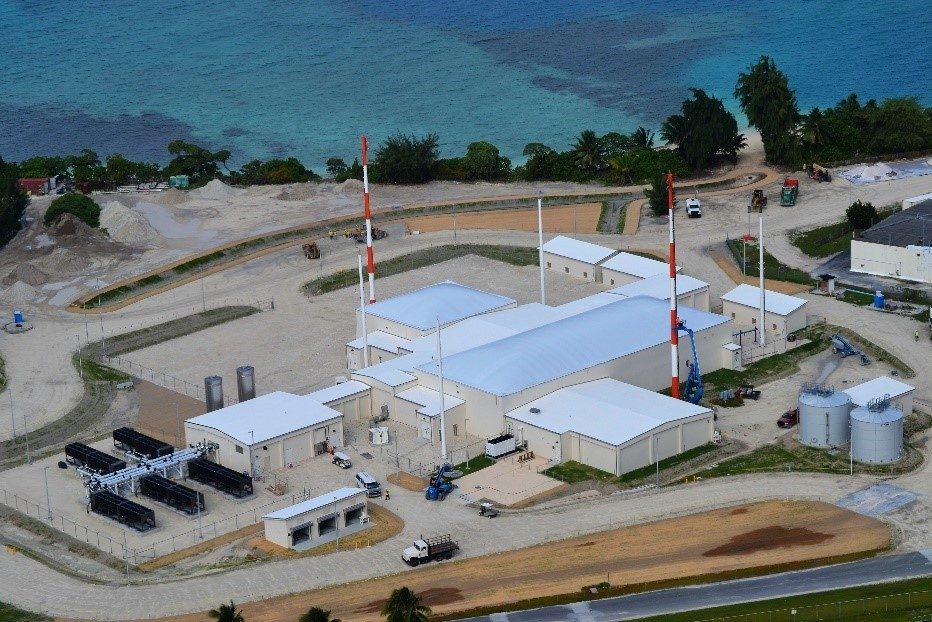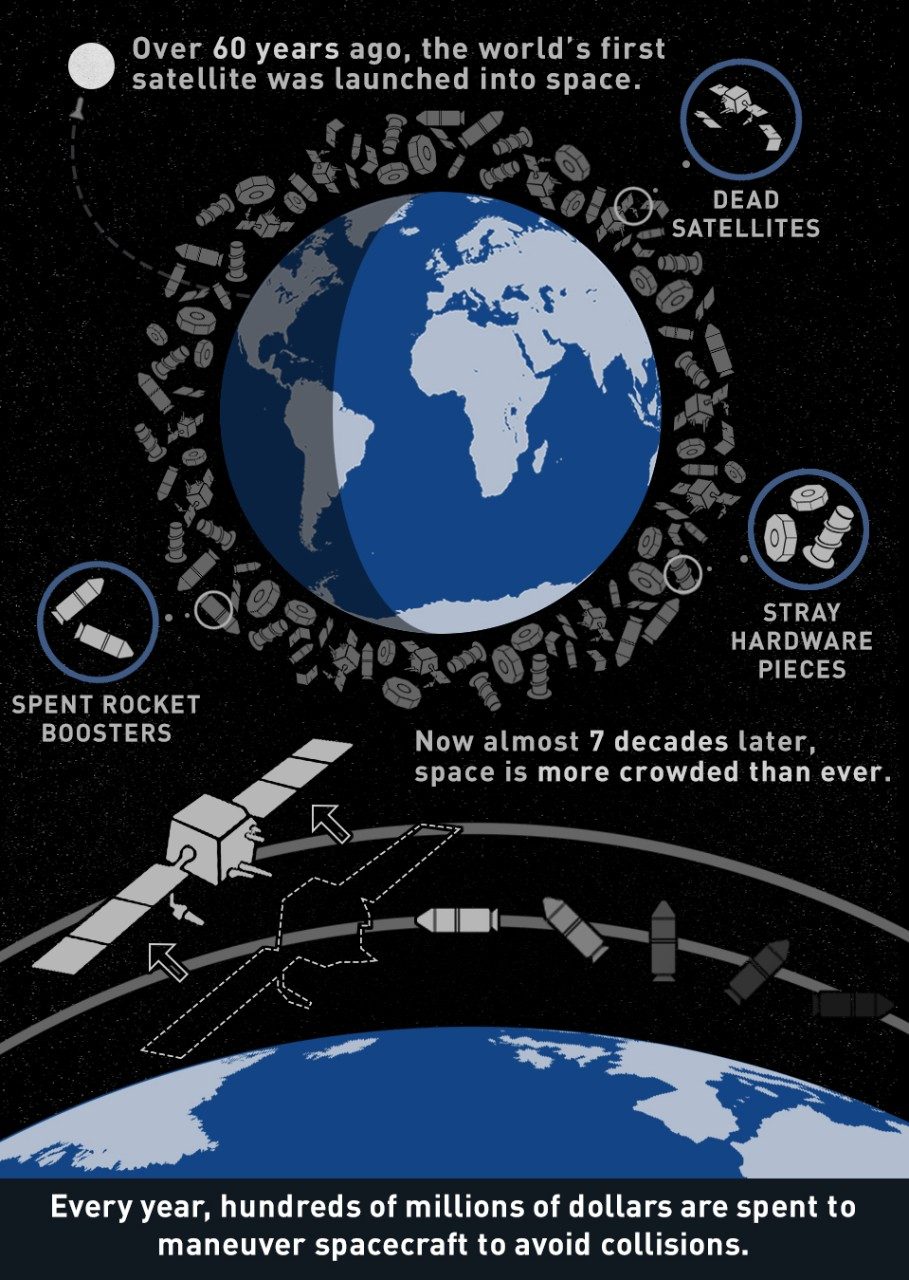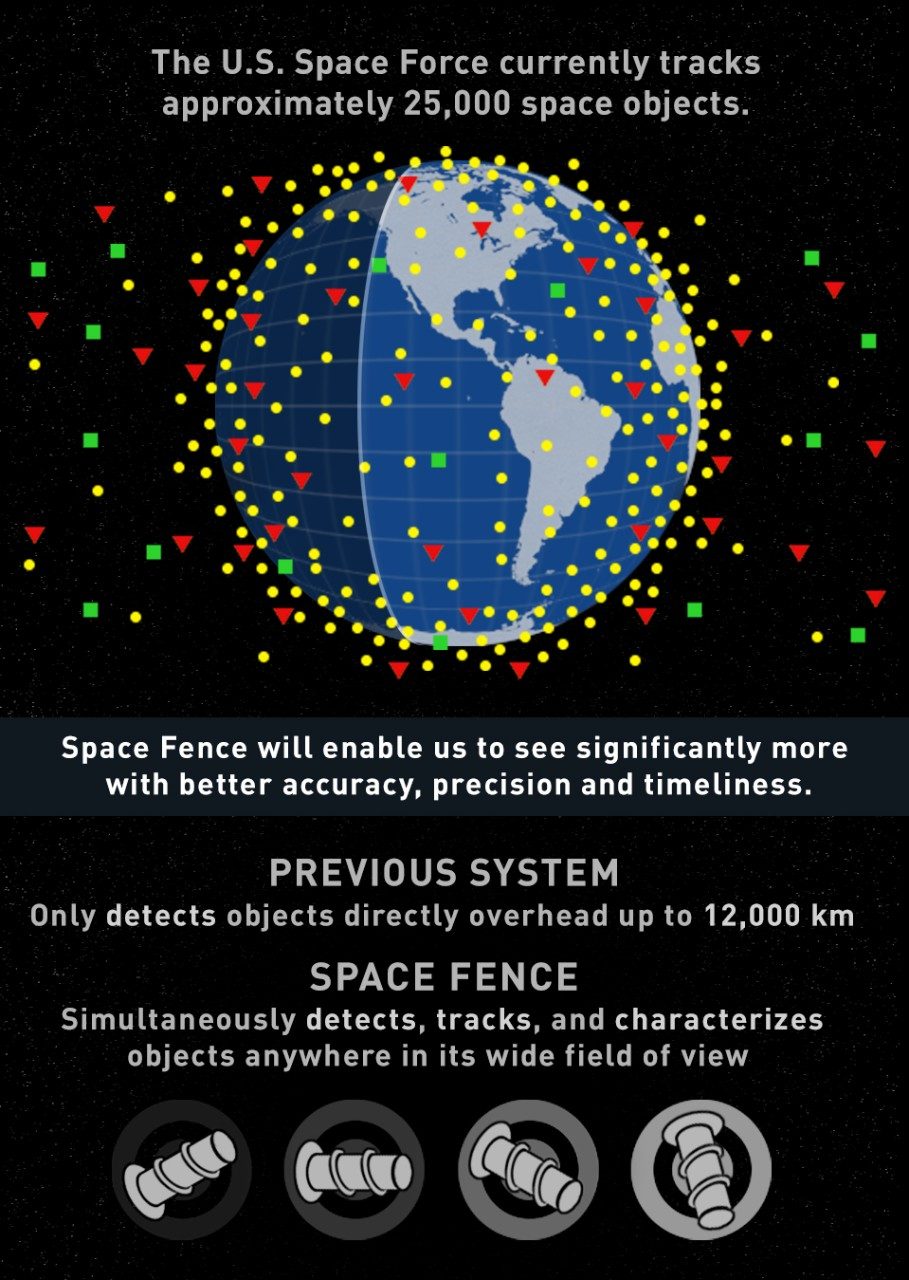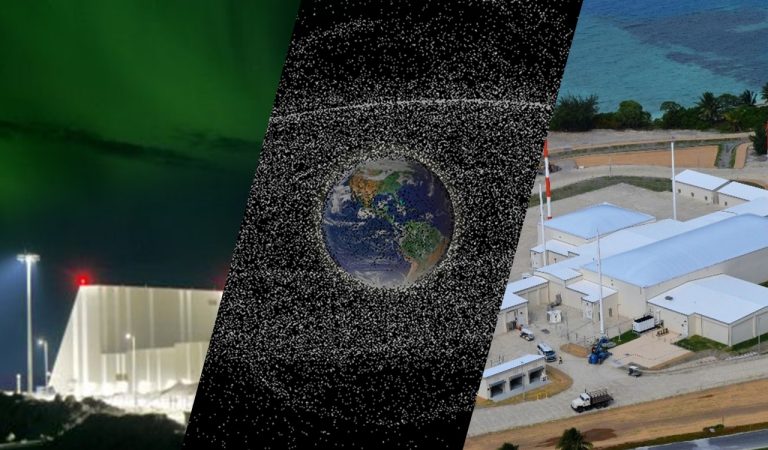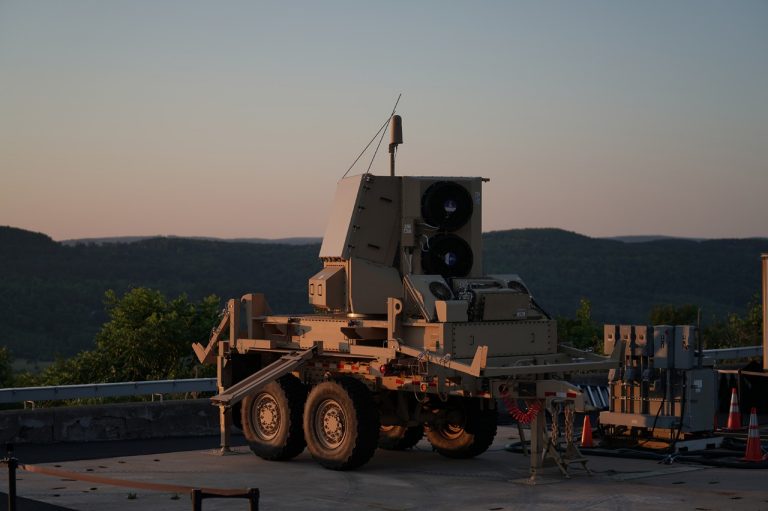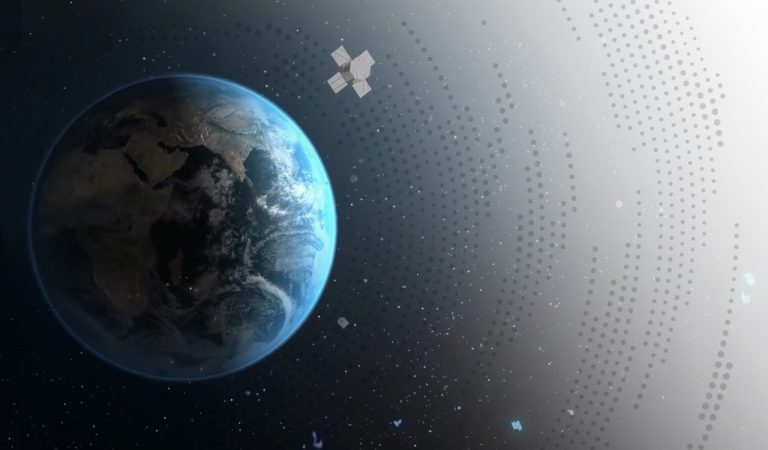The World’s Most Advanced Radar
In March of 2020 the United States Space Force (USSF) declared operational acceptance and initial operational capability of the Space Fence radar on the Kwajalein Atoll in the Republic of the Marshall Islands.
Space Fence, now the world’s most advanced radar, provides uncued detection, tracking and accurate measurement of space objects, including satellites and orbital debris, primarily in low-earth orbit (LEO). The new radar permits the detection of much smaller microsatellites and debris than current systems. It also significantly improves the timeliness with which operators can detect space events. The flexibility and sensitivity of the system also provides coverage of objects in geosynchronous orbit while maintaining the surveillance fence.
Before Space Fence, the Space Surveillance Network (SSN) tracked more than 20,000 objects. Now, the catalog size is expected to increase significantly over time. Space Fence also detects closely spaced objects, breakups, maneuvers and launches. According to the Space Force, the system is the most sensitive search radar in the SSN, capable of detecting objects in orbit as small as a marble in low Earth orbit (LEO).
Protecting National Assets
Space Fence is a key contributor to USSF’s Space Domain Awareness (SDA), which provides information that Space Force needs to make informed decisions and take actions to protect key assets in orbit.
Today, LEO is crowded with active satellites and thousands of pieces of debris due to collisions and deterioration of defunct satellites and rocket boosters. Traveling at speeds upwards of 15,000 mph, that debris threatens not only commercial satellites, which we depend on for everything from weather forecasting, banking, global communications and GPS navigation, but also military assets that help monitor and protect nations around the world.
Space Fence began proving its unmatched capabilities in 2019. During testing, the system tracked a significant amount of debris from an anti-satellite test conducted by India, proving the radar’s ability to automatically predict and correlate their next orbital crossing times.
